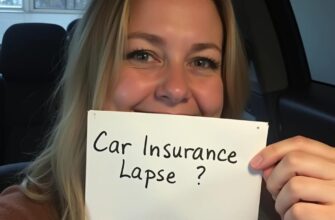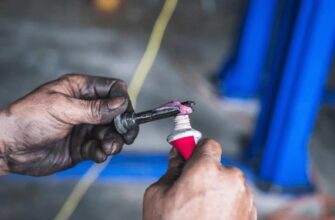Buying a used car can be risky business. Without proper inspection, your dream car could turn into an expensive nightmare. This comprehensive guide will equip you with the knowledge to ace the inspection process and avoid buying a lemon. Learn how pre-purchase inspections can save you thousands, find the right mechanic, negotiate with sellers, and make an informed decision. Read on to become a used car inspection expert.
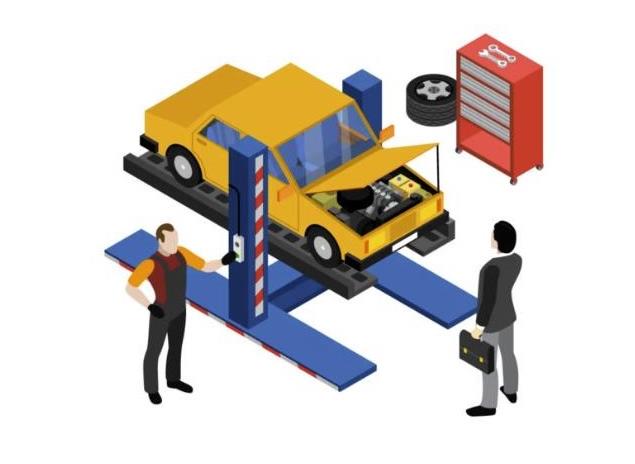
What is a Pre-Purchase Inspection and Why is it Important?
A pre-purchase inspection (PPI) is a professional evaluation of a used car’s condition before you finalize the purchase. It identifies any issues or defects that could require expensive repairs down the road.
Getting a PPI is one of the smartest things you can do when buying a used car. Here’s why it’s so important:
- Avoids Costly Repairs: A PPI can uncover problems like engine trouble, transmission issues, brake failure and more. Knowing about these ahead of time allows you to avoid shockingly high repair bills later on.
- Gives You Peace of Mind: You’ll rest easy knowing the car is safe and reliable. A PPI reduces the stress of wondering if you bought a lemon.
- Leverage for Negotiations: If issues are found during the inspection, you can use them to negotiate the price down with the seller.
- Catches Odometer Fraud: Mechanics can identify signs of mileage tampering during a PPI. This ensures you don’t overpay for a car with more wear and tear than advertised.
Bottom line: A pre-purchase inspection provides invaluable information to make a confident buying decision. The relatively small upfront cost is well worth it to avoid potentially massive headaches and expenses down the road.

What Exactly Does a PPI Inspection Cover?
The specific components inspected will vary based on the mechanic, but a comprehensive PPI generally includes:
Exterior Inspection
- Paint condition – checks for body damage, large scratches, rust, mismatched paint
- Tires & wheels – evaluates tread depth and wear patterns
- Windshield & glass – inspects for cracks or damage
- Lighting – tests headlights, brake lights, turn signals
- Fluid levels – checks washer fluid, coolant, brake fluid reservoirs
Interior Inspection
- Seats & upholstery – checks for rips, stains, excessive wear
- Dashboard & gauges – tests all instruments and lighting
- Air conditioning & heating – verifies proper operation
- Electrical systems – checks window, lock, stereo functions
- Odometer – inspects for signs of tampering
Under the Hood
- Engine – checks for leaks, damage, abnormal noises, compression
- Transmission – evaluates shifting smoothness, leaks, fluid condition
- Hoses & belts – inspects for cracks, damage, and wear
- Battery – tests voltage and charging system
- Suspension – checks for damaged components or alignment issues
Undercarriage
- Frame – inspects for rust, cracks, collision damage
- Exhaust system – checks for leaks and damage
- Brakes – evaluates pad thickness, rotors, hydraulic system
- Axles & drivetrain – checks for leaks, boot tears, loose components
Test Drive
- Suspension – feels for bouncing, leaning, vibrations
- Braking – checks for grabbing, pulling, noises
- Acceleration – tests for hesitation or lack of power
- Transmission & clutch – evaluates smoothness of shifts and operation
- Steering – checks for looseness, pulling, vibration
- Instrument panel – verifies speedometer, warning lights work
As you can see, a quality PPI leaves no part of the vehicle unchecked. The wide range of components examined will give you a complete picture of the vehicle’s true mechanical condition.

When Should You Get a Pre-Purchase Inspection?
The ideal timing for a PPI is before you purchase the car. This allows you to make an offer contingent on the results of the inspection.
Here are some scenarios when getting a pre-purchase inspection is especially crucial:
- Private seller – Without a dealer’s reputation on the line, private sellers may not disclose all issues upfront. An inspection helps reveal the true condition.
- High mileage vehicle – The mechanical components are more prone to wear and tear. An inspection can identify upcoming repairs.
- Older model vehicle – Older cars are more likely to have hidden issues. A PPI provides peace of mind about what you’re getting.
- Out of warranty – If the vehicle’s original warranty has expired, you’ll be responsible for future repair costs. Better know what you’re getting into.
- Modified or customized vehicle – Aftermarket parts and modifications may hide underlying problems or be installed incorrectly.
Even if the specific circumstances above don’t apply, it’s smart to get a PPI before purchasing any used car. The wide range of parts examined will likely reveal something you wouldn’t notice on your own.
How Much Does a Pre-Purchase Inspection Cost?
A professional PPI will typically cost $100-$500, based on your location and the mechanic. While not cheap, it’s a smart investment to avoid later repairs that could cost thousands.
Factors that influence the PPI cost:
- Vehicle make & model – More complex vehicles take more time to inspect thoroughly. European and luxury brands often cost more.
- Location – Inspection prices are usually higher in major metro areas and coastal regions.
- Mechanic reputation & expertise – Highly experienced mechanics or dealership technicians may charge more.
- Scope of inspection – Simple inspections are cheaper than comprehensive bumper-to-bumper evaluations. Know what’s included.
When calling around for quotes, let the mechanic know the year, make, and model ahead of time. Confirm exactly what’s included so you can compare apples to apples between shops.
Consider the PPI an insurance policy that could save you big money down the road. Don’t choose a mechanic based on price alone. A thorough inspection is worth the small upfront cost.
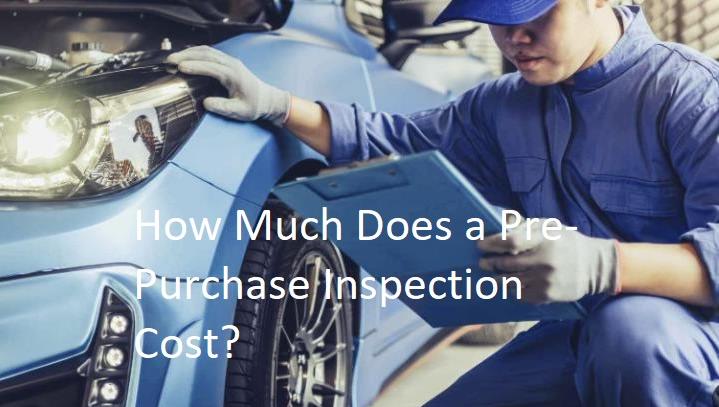
How to Choose the Right Mechanic for a Pre-Purchase Inspection
Choosing the right mechanic is key to getting a thorough, unbiased inspection. Here are tips for finding a reliable PPI mechanic:
- Get recommendations – Ask car-savvy friends or family for referrals to mechanics they trust.
- Check certifications – Look for ASE Blue Seal or manufacturer specialist certifications.
- Read reviews – Research online reviews on Google, Yelp, and the Better Business Bureau.
- Consider dealerships – Dealership technicians have extensive brand training. Go to one that sells your car’s make.
- Find a specialist – Look for mechanics experienced with your car’s particular make, model, and issues.
- Avoid sellers’ recommendations – Don’t use a mechanic recommended by the seller. Find an independent shop.
- Check their process – Do they perform a test drive? What equipment do they use? Make sure it’s comprehensive.
- Request a checklist – Ask for a copy of their inspection checklist so you understand the scope.
- Get a written report – It should clearly document all issues found, recommended repairs, and cost estimates.
Don’t just go with the cheapest or closest mechanic. Finding an experienced professional you can trust is worth the extra effort.
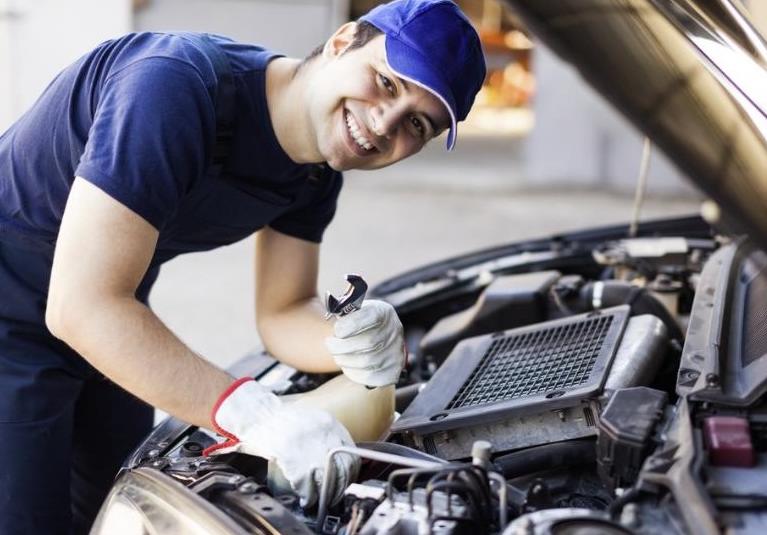
How to Use a PPI Report to Negotiate the Price
Armed with the results of your pre-purchase inspection, you can negotiate a fair price that reflects the true condition of the vehicle. Here are some tips:
- Make the sale contingent – If possible, make your initial offer contingent on the results of the PPI. This gives you an out if major issues are uncovered.
- Quantify the costs – Use the inspection report to tally quotes for parts, labor, taxes to fix any issues. This strengthens your negotiating position.
- Focus on safety issues – Emphasize repairs needed for safety, like worn brakes. Most sellers will listen to reason with these concerns.
- Be prepared to walk away – If the seller won’t come down to a fair price, be willing to walk away from the deal. You’ll likely avoid an expensive mistake.
- Get issues fixed first – If the seller agrees to fix inspection issues, get it in writing and have the car reinspected before finalizing the sale.
The small upfront PPI cost can save you hundreds or thousands off the purchase price. And it builds trust with private sellers, showing you’re a serious buyer willing to compromise.
Used Car Inspection Checklist
Print out this checklist so you know what to look for when test driving a used car and researching its history:
- Test drive – Listen for noises, check handling, brakes, acceleration
- Tires – Verify tread depth is above 2/32”. Look for cracking, uneven wear.
- Fluids – Make sure levels are appropriate. Look for leaks.
- Lights – Test headlights, brake lights, turn signals, emergency flashers.
- Body – Check for rust, accident damage, mismatched paint.
- Interior – Look for worn or damaged seats, carpeting, controls.
- Glass – Inspect for cracks, chips, clarity, proper operation.
- Undercarriage – Check for rust, collision damage, leaks.
- Exhaust – Look for damage, leaks, listen for odd sounds.
- Engine – Look for leaks, damage, modifications, dirt and grime.
- Electronics – Test stereo, power accessories, instrument panel.
- Title – Confirm it’s not salvage/rebuilt, no liens, get the VIN.
- Maintenance records – Ask for repair invoices, receipts, service records.
- Vehicle history report – Review accident history, number of owners, title checks.
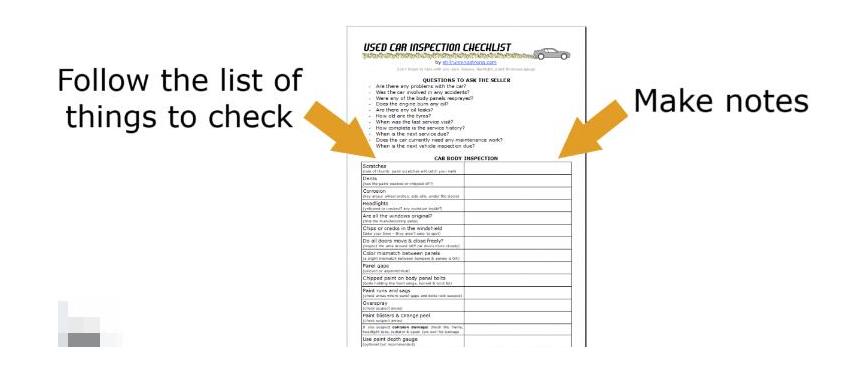
FAQ About Used Car Inspections
Should I get a PPI for a Certified Pre-Owned (CPO) car?
Even CPO cars should have a PPI. CPO only covers certain components and may exclude issues the dealer didn’t know about. An inspection acts as extra due diligence.
How can I inspect a car if it’s located far away?
For out-of-town vehicles, find a local mechanic to conduct the inspection. Or use a mobile inspector service who will examine the car wherever it’s located.
What should I do if the seller won’t allow a PPI?
Refuse to buy the car. Any seller who denies inspection requests likely knows there are hidden issues they don’t want uncovered.
Is it still worth getting an old car inspected?
Yes! Older cars are prone to more issues, so an inspection is even more important. It can uncover repair needs before they leave you stranded.
Can I perform the PPI myself?
You won’t have the technical skills or equipment of a professional. Do a thorough test drive yourself, but leave the diagnostics to a certified mechanic.
Conclusions
A pre-purchase inspection is one of the smartest investments you can make when buying a used car. For $100-$500, a qualified mechanic will uncover issues that could cost thousands down the road. Use the PPI findings to negotiate a fair price or walk away from potential lemons. Finding the right inspector takes some research, but it adds assurance you’re making a solid purchase decision. Don’t skip this crucial step!


